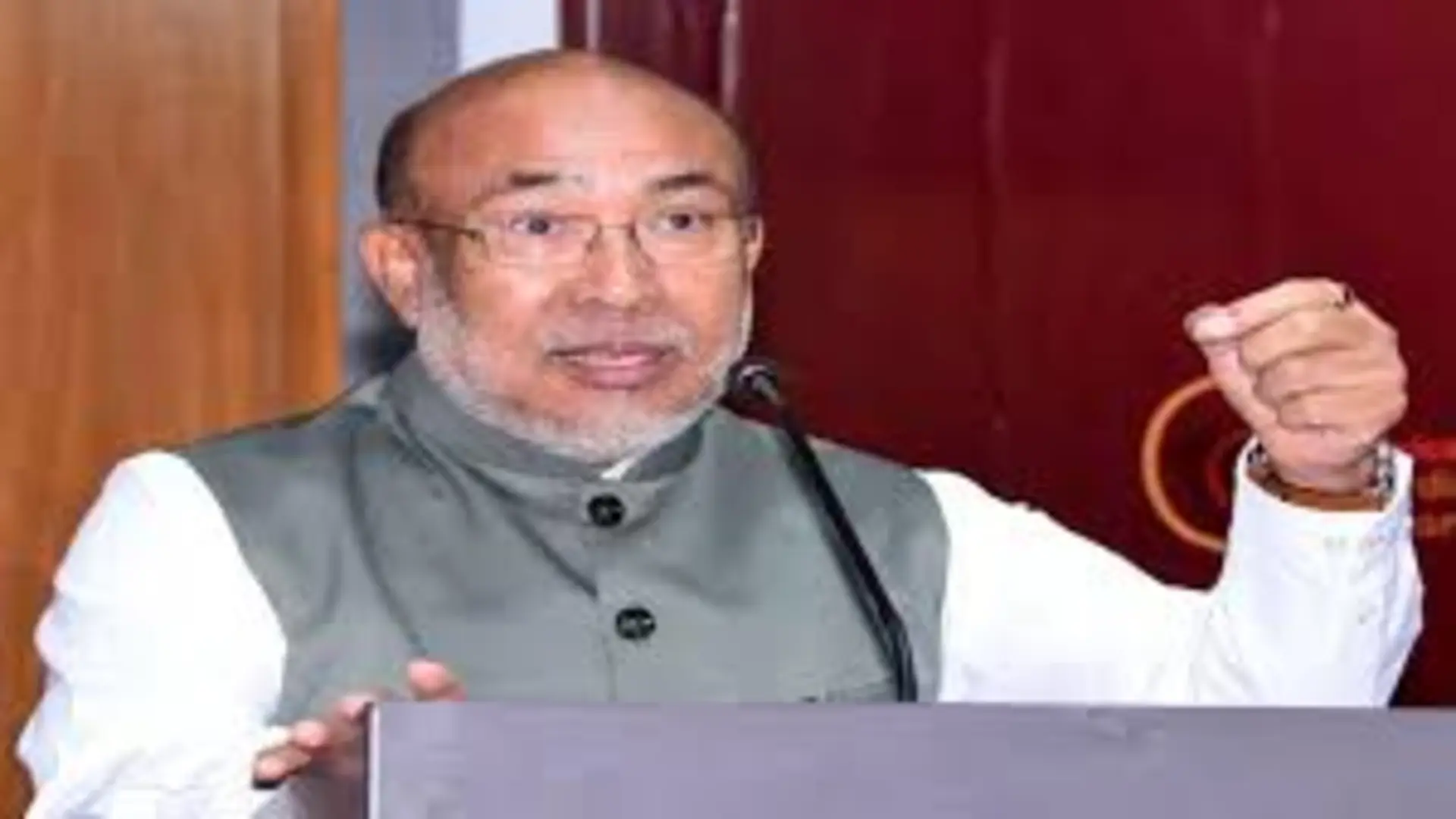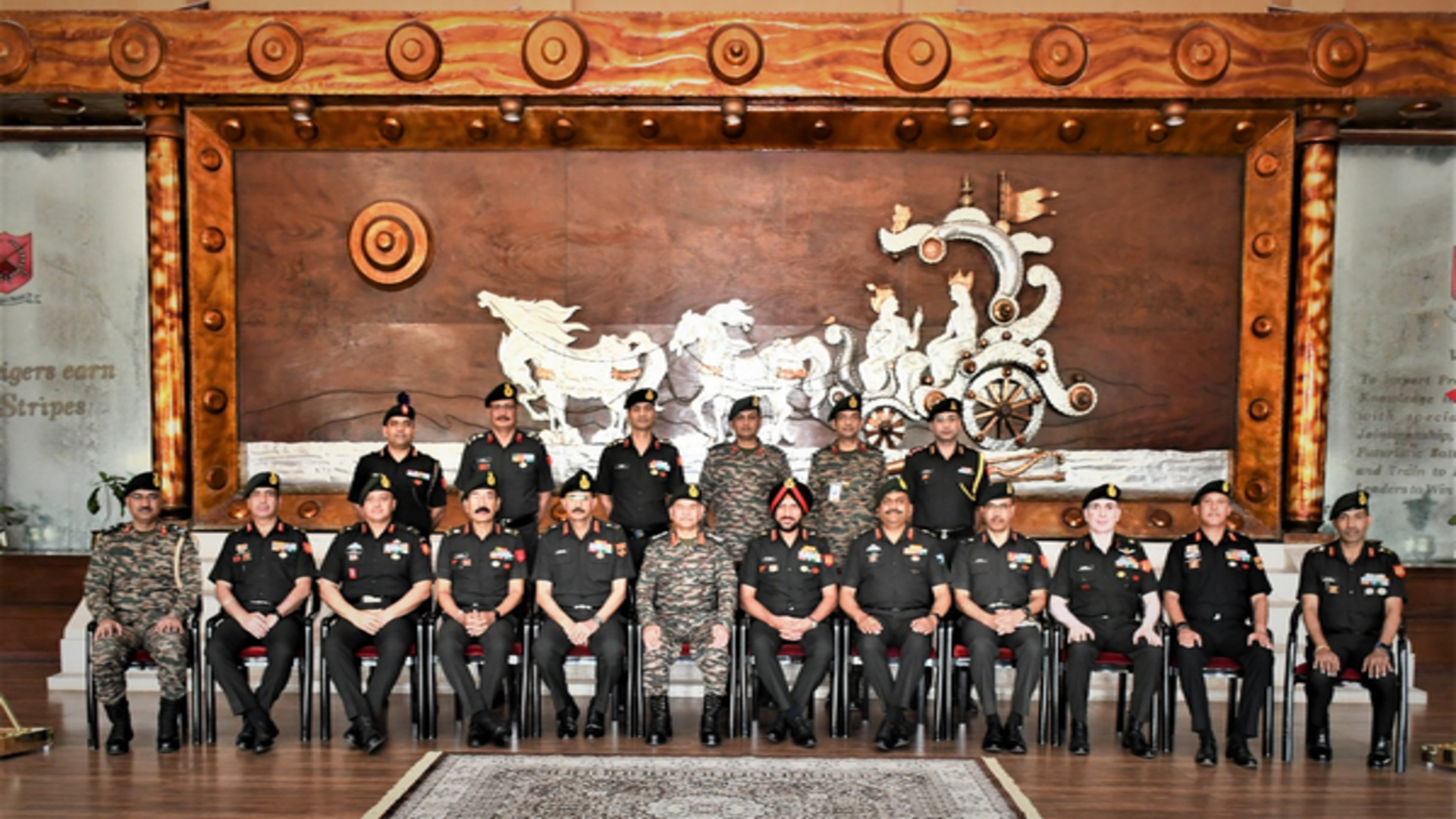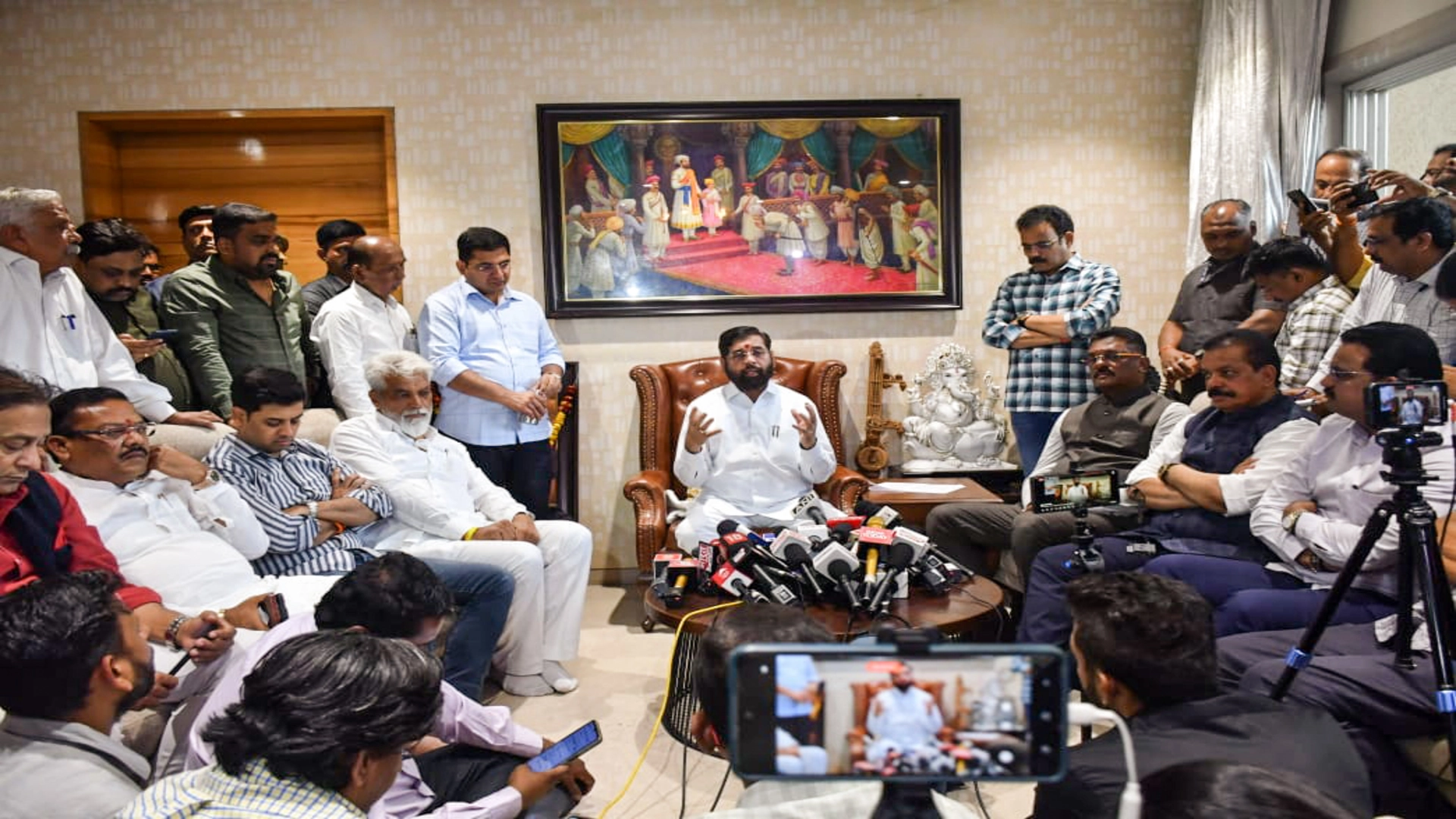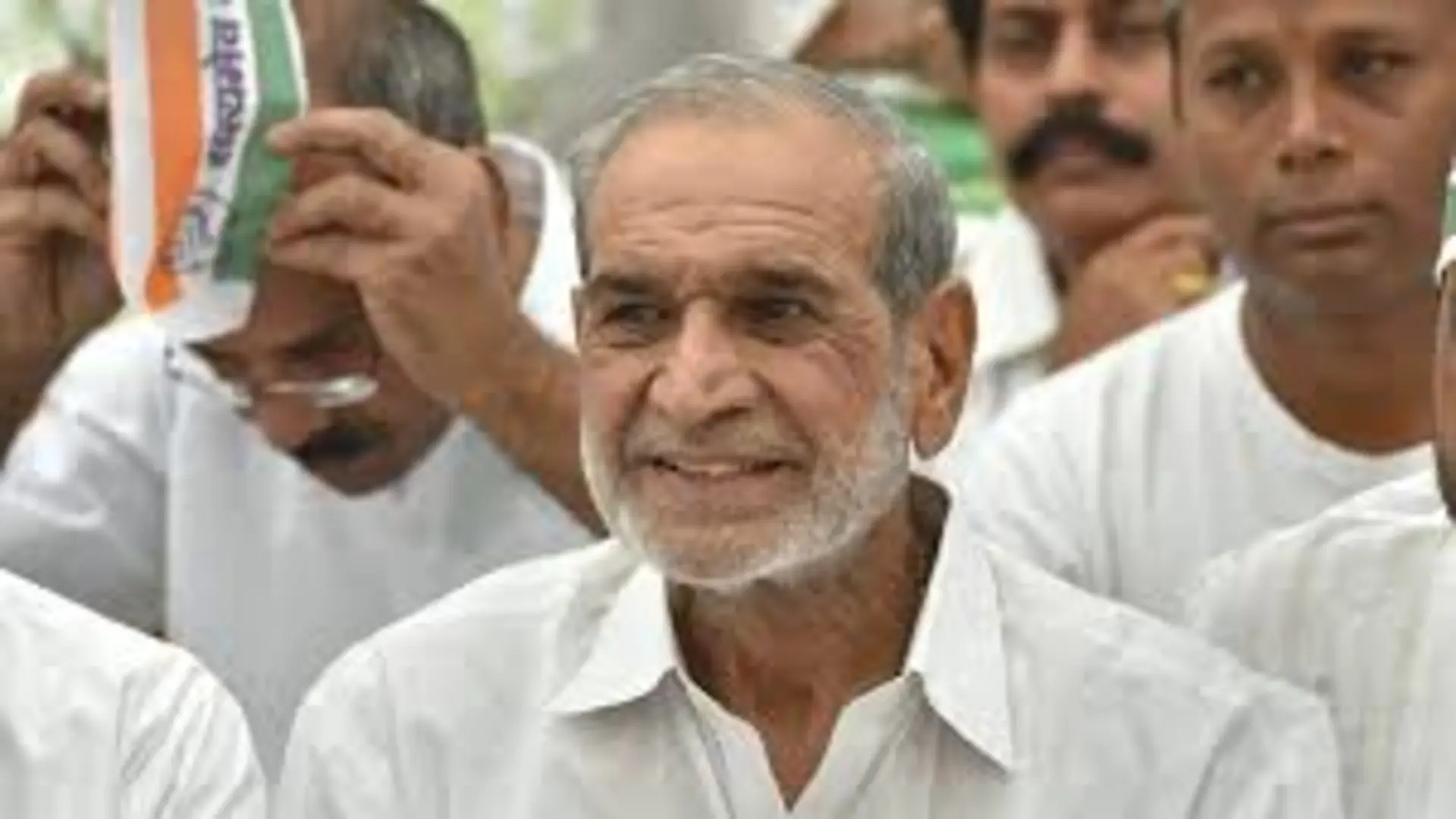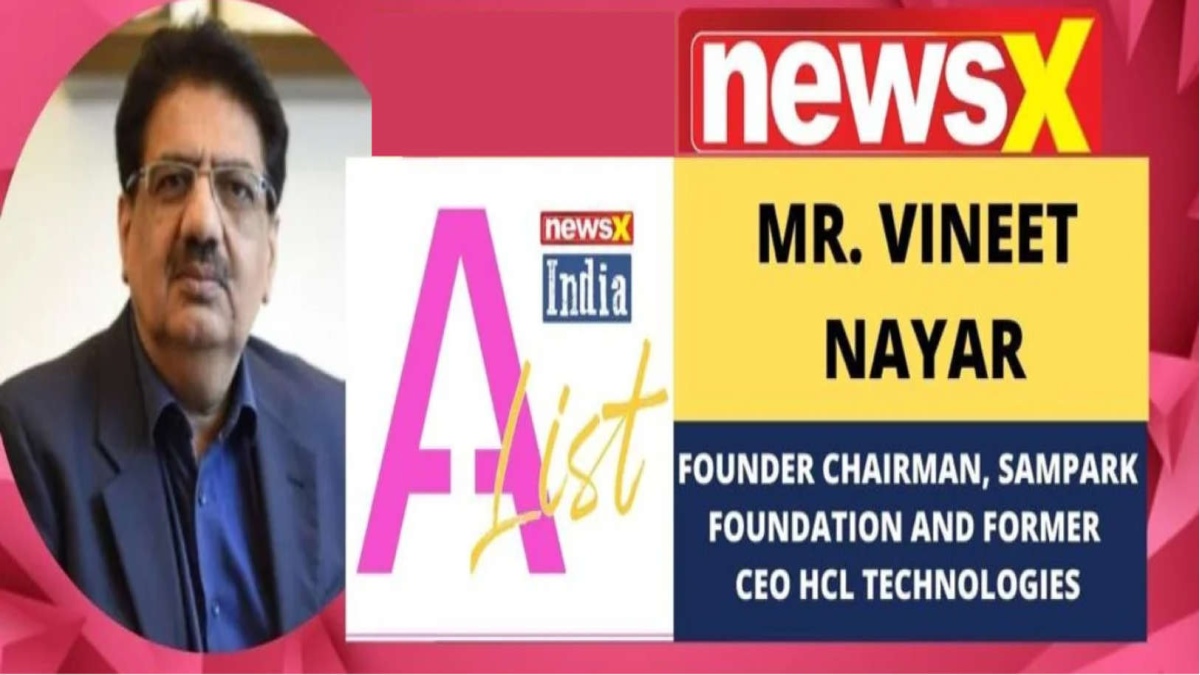
NewsX was recently joined by Vineet Nayar, Founder and Chairman of Sampark Foundation and former CEO of HCL Technologies, for an exclusive conversation as a part of its special series NewsX India A-List wherein he spoke about his foundation and education system in India.
Talking about Sampark Foundation, Nayar said, “It is a very interesting story. I was CEO and Vice-Chairman of HCL Technologies and I had just written a book called ‘Employees First, Customer Second’, which sold very well, and New York Times had just done an article on the book. So, I was feeling very good, my head was about ten times larger than what you see today. I did a mistake by walking up to my mother, who was a school teacher and told her, ‘Look, how proud you should be of your son and aren’t you lucky that this son was born to you’. She being a school teacher, took out a copy, tore it in half and wrote one word on it, put it in a used envelope, sealed it and said, ‘When you are flying international, read it on the flight’. I was going to New York that night, and I opened the envelope on the flight, which had one word written on it. The word was ‘Enough’. So, I landed in New York, called up my mother and asked her, ‘What does this word ‘enough’ mean?’ She said, ‘If you don’t understand it, you will understand it on your way back’, and I did. There comes a time in life when you have achieved the financial security you need and the level of recognition for professional work you need. That’s the time you need to say- ‘Enough’ and quit those two goals and dedicate yourself to try and bring about a change in the country so that you can give back. I strongly believe the reason for your success is because your family and the country as a family made you successful. Therefore, one-third of your life you should dedicate in making sure that those people who made you successful are better off than they were without you and that is how Sampark Foundation really began.”
Speaking about the goal of the foundation, he said, “Since my mother was a teacher and my wife Anukhma is also a special education teacher we started the Sampark Foundation and had committed a large sum of funds from our family to invest in the field of education. When we saw the field of education, we realised that there are about 15 crore children in our government system. Almost 50% of them in Grade 5, cannot read Grade 2 texts or solve basic mathematical problems. So, the learning outcome in our schooling system was very large and it was alarming that 37% of the children enrolled in government schools were getting out of schools by Grade 5. Therefore, they were going to the labour pool. So, I, my wife, and my mother decided that we are going to spend all our might, design thinking, creative thinking, and resources to try and see if we can help the government in solving this problem to a certain extent. Thus, we chose education. The second decision we had to take was—do we want to do it on a small or large scale. India is a very large country and therefore, it was important for us to attempt a change at a very large scale. There were some good experiments happening at small scales so we decided to experiment at a large scale. So today, we have one crore children in our program in 84,000 schools in six states. The learning outcome improvement is about 34% year on year. All this has been possible as we used design thinking, and innovation to try and break the shackles of learning outcomes.”
When asked about the biggest problem in the Indian education system and how Sampark Foundation is working towards overcoming them, Nayar said, “the biggest problem in education has to do with a poor learning outcome, the fact that especially in rural areas, resources, quality of teaching and teachers is poor and thus, neither the teacher nor the children are interested. Therefore, the learning outcome continues to go down. The amount of resources required to bring about a change is very large. Additionally, we suddenly had a massive setback due to Covid. When the children are sitting at home, when they get detached from education even for one year, they lose interest in education. Once they lose interest in it then even those children who were self-driven will not be able to come back. So Sampark Foundation used design thinking extensively to find out how we can make education exciting. We were inspired by Bollywood, and especially with Vidya Balan’s voice in ‘Munnabhai M.B.B.S.’, when she says, ‘Good morning Mumbai’. So, we said, how can we bring the song and dance of Bollywood and equivalent voice of Vidya Balan into the classroom, using a rechargeable audio device and teach Math and English with song, dance, and fun, ignite the classroom and make learning exciting or fun-based. Can we surround that innovation with other teaching and learning innovation? So, going to school is all about fun. We did that and rolled it out to one crore children and it was successful and then came Covid. With Covid, it became important for us to do two things. Firstly, to be in touch with the teachers to make sure that they are interested in education. We launched an app called ‘Sampark Smartshala’ where there are almost 20 lakh views on a monthly basis. Secondly, we encouraged the teachers to use loudspeakers in the villages, marriage halls, mandirs, mosques, and use ‘Sampark TV’ and the audio device to keep on teaching the children while they are sitting at home so that the interest in learning continues. So, our focus is to drive cutting edge design thinking, try and solve the unsolvable problem in a very frugal way. All interaction in Sampark Foundation costs less than 1$ per child.”
He also talked about the National Education Policy (NEP), and how it can help transform education for better in India. “I think there are three key positives of the NEP. The first aspect, they have emphasised that we need to move away from rote learning to applied learning which the focus of Sampark Foundation. That is the reason we use teaching-learning materials, and an audio device with ‘Sampark Tv’ to try and teach in a different way to the students and our science program is all about applied learning. Therefore, teachers and students are applying their learning. The second aspect, I think very few people realise that teaching in a rural school is very difficult as you have these multigrade classrooms. On one side you have a child that cannot count till 99 and on the other side a child who needs to learn division. Now, how you handle a class which needs multiple learnings simultaneously, is very critical. The first step to do that is an assessment. The teacher having the visibility to who knows what and that is the second thing which NEP focuses on, to digitalise learning so that the teacher has availability and can understand on a real-time basis, who knows what. The third aspect is leveraging technology and how can you leverage it to reach more and more people. The only caveat I have is that people make a mistake by saying technology is computing or the internet. I would say that an audio device is also technology. So, in India, if we have to reach all those 15 crore children, we have to be frugal in our approach. Therefore, we have to reapply our minds in terms of what is technology. I believe that NEP is a step in the right direction and we are completely aligned with it.”


